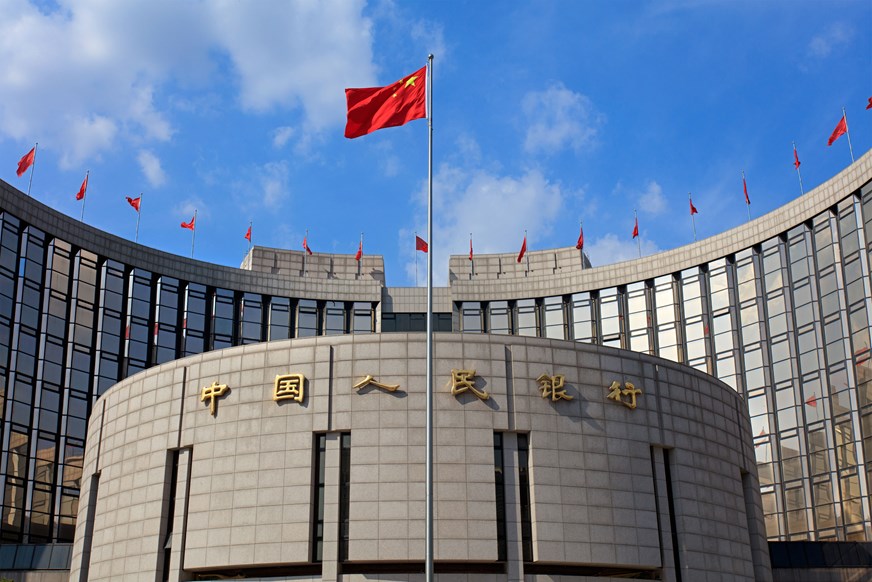
Search our articles
China: The long-awaited stimulus is here. What's next?

Key Insights:
- What is happening: China implemented long-awaited stimulus measures last week.
- The People’s Bank of China (PBOC) cut the reverse repo rate (RRP) by 20 basis points (bp) and the reserve requirement ratio (RRR) by 50bp.
- Existing mortgage rates were lowered by 50bp while the minimum down payment for second home buyers was reduced from 25% to 15%.
- PBOC implemented a swap and relending facility to allow institutional investors to borrow from the central bank to invest in the stock market.
- Why it matters: These measures suggest Beijing is increasingly concerned about missing its annual GDP target this year, while trying to avoid a revival of debt-driven growth similar to the post-2008 stimulus. While much needed, these measures are insufficient to help China reach its annual 5% growth target and will likely be a temporary reprieve without further improvements to China’s economic fundamentals.
- What happens next: The PBOC has signaled more monetary measures and potential fiscal stimulus. This likely takes the form of special sovereign bonds worth 2 trillion RMB to stimulate consumption and address local government indebtedness. While fiscal assistance boosts short-term growth, structural reforms are needed to mop up overhang from the property sector and rebalance the economy away from a lopsided focus on industrial production.
ANALYSIS
The most impactful change in this host of stimulus measures is the cut to existing mortgage rates for homebuyers. Generally, it is difficult for Chinese homebuyers to refinance their mortgages, meaning homebuyers with existing mortgages do not benefit from recent interest rate cuts. This has spurred a wave of early mortgage repayments that hurt banks’ profit margins and slowed consumer spending. Lowering existing mortgage rates is projected to free up to 2.5% in disposable income and will likely slow the rate of early repayments.
However, cuts to the RRR and RRP are unlikely to be major impulses to growth. The RRR and RRP are the PBOC’s tools to toggle liquidity: a lower RRP makes it cheaper for banks to borrow from the PBOC while a lower RRR allows commercial banks to lend more and stimulate economic activity. Yet, more liquidity does not address the issue that consumers and businesses are reluctant to borrow. Lower asset values are weakening both firm and household balance sheets, prompting them to pay down existing debt to maintain financial stability, rather than engage in more borrowing. Improvements to credit conditions do not meaningfully break the deleveraging cycle caused by falling asset prices.

“more liquidity does not address the issue that consumers and businesses are reluctant to borrow”
— Onyx
A similar pattern is reflected in the PBOC’s assistance to the stock market. The surge in the CSI 300, an index tracking the performance of China’s top 300 stocks, is not reflected in longer term trends. The index remains far below its peak in February 2021 and the weak macroeconomic environment will continue to drag on business growth, something which direct stock market support does not tackle.
Given these existing headwinds, China’s 5% annual growth target appears out of reach, barring any further policy moves. Major indicators of China’s economic activity this year have faltered, particularly retail sales and producer prices. Weak economic growth points to the endurance of structural issues in the economy, such as an overweight tilt towards manufacturing at the cost of consumers and the slow emergence of new growth drivers while old ones like exports and infrastructure punch below their weight. Unfortunately, the stimulus alone is a temporary reprieve for growth without accompanying structural economic reforms.

Written by Onyx Strategic Insights

